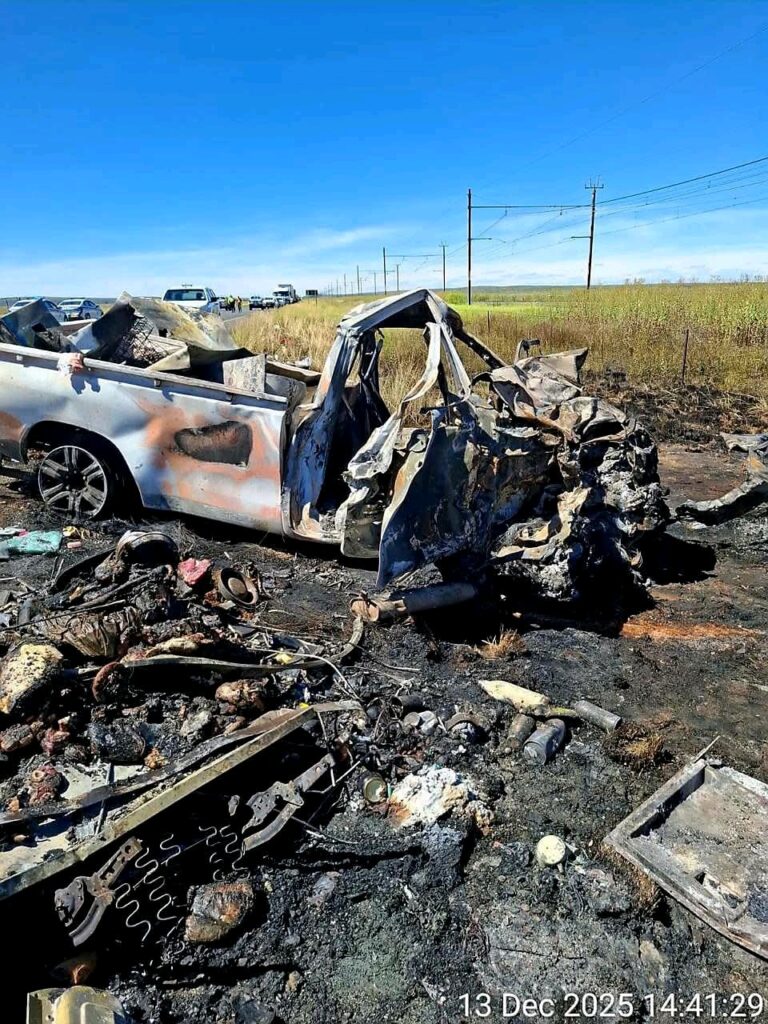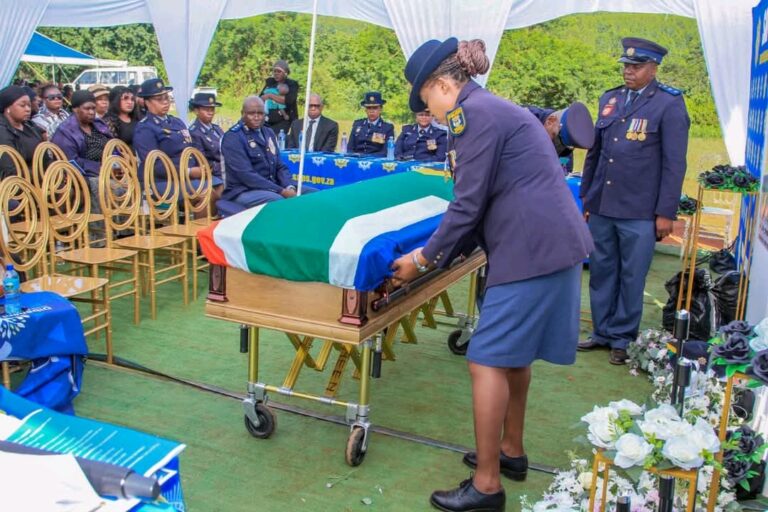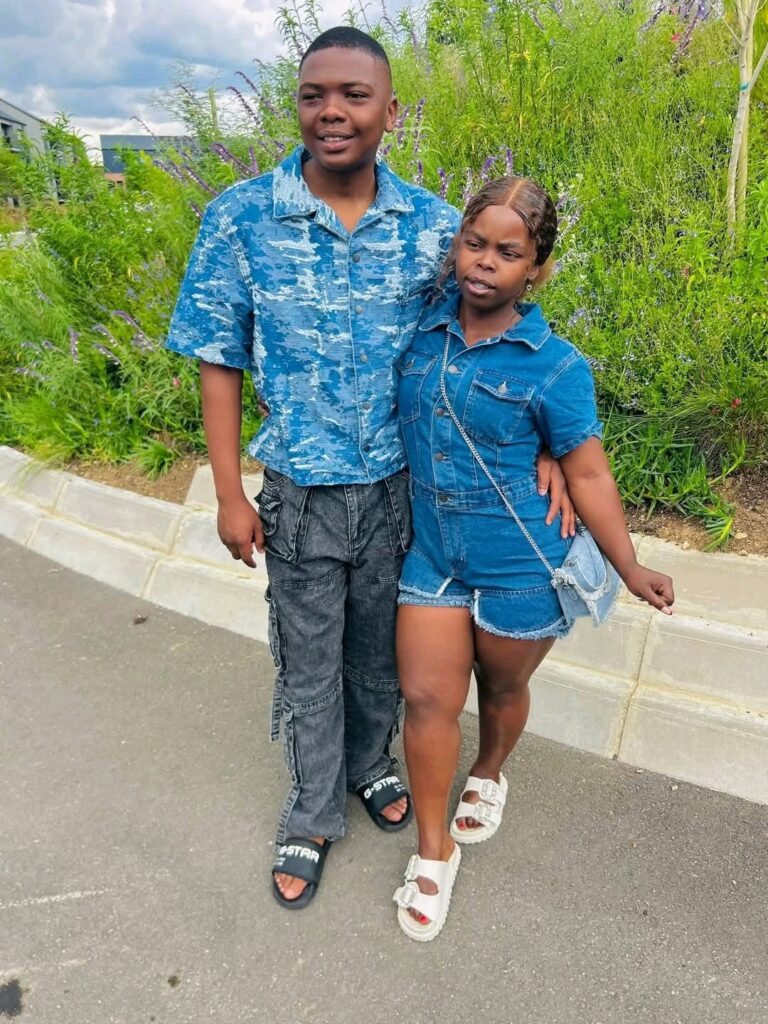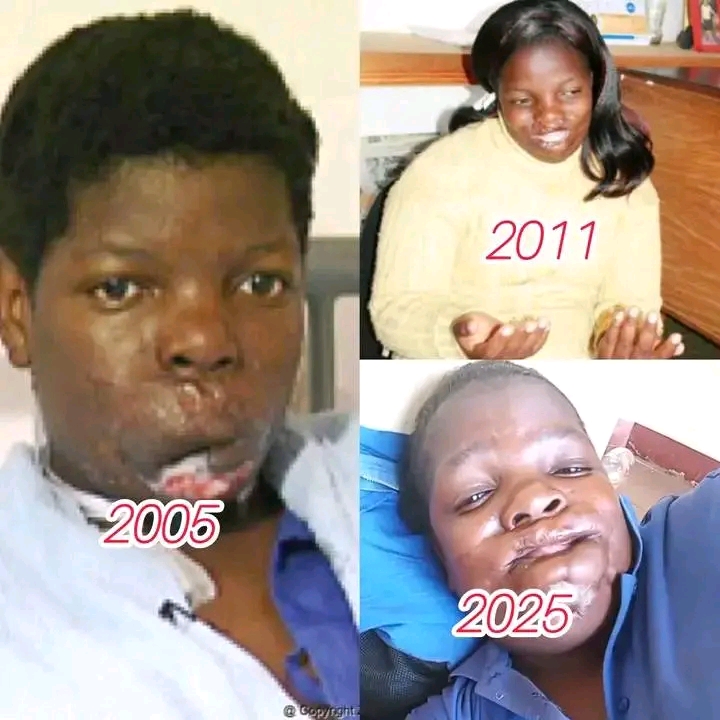
In 2005, the small village of Makonde in Venda, Limpopo, South Africa, was shaken by a gruesome incident that exposed the dark world of ritual killings. Eighteen-year-old Nyelisani Sidimela became the sole known survivor of a horrifying attack that claimed the life of her boyfriend and nearly cost her own.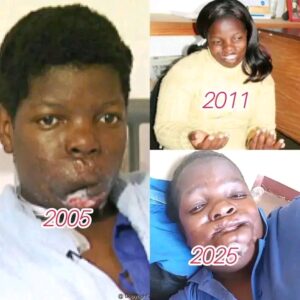
Nyelisani and her 23-year-old boyfriend, Maanda Sendedza, were sitting under a tree near the edge of their village when they were ambushed. What followed was a brutal and calculated attack. Maanda was tortured and mutilated while still alive—his tongue and private parts were savagely removed. Despite his desperate screams for help, no one came to their rescue.
Nyelisani was not spared. The attackers mutilated her face, cutting off her lips and chin, leaving her bleeding and barely conscious. Believing she would die from her injuries, the attackers fled, leaving her in agony. But Nyelisani’s will to live was stronger than her pain. She collapsed but later managed to get help and was rushed to a hospital, where doctors worked to save her life.
What made the case even more shocking was Nyelisani’s revelation about her attackers. She identified one of them as a well-known local bishop—someone she personally knew and who had even conducted her boyfriend’s funeral service. She also recognized two other assailants, both of whom were traditional healers in the community.
This incident highlighted a disturbing pattern that had long been whispered about in certain communities: the role of ritual killings in traditional belief systems. Often, body parts are harvested in the belief that they bring wealth, power, or healing. What was particularly chilling in this case was the suggestion that such rituals often involve the participation or knowledge of someone close to the victim—a family member or a trusted individual.
The attack on Nyelisani and the murder of her boyfriend made headlines across the country, sparking outrage and renewed calls for justice. Despite the trauma and the disfigurement she suffered, Nyelisani showed remarkable resilience. She underwent reconstructive surgery to restore her lips, enabling her to speak again and tell her story.
Her bravery in naming her attackers helped bring attention to the hidden violence taking place under the guise of tradition. It also challenged communities to confront the dangerous individuals hiding behind titles of religious and traditional authority.
Today, Nyelisani Sidimela stands as a symbol of survival and courage. Her story remains a powerful reminder of the need to expose and eliminate harmful rituals that continue to claim innocent lives in silence.

